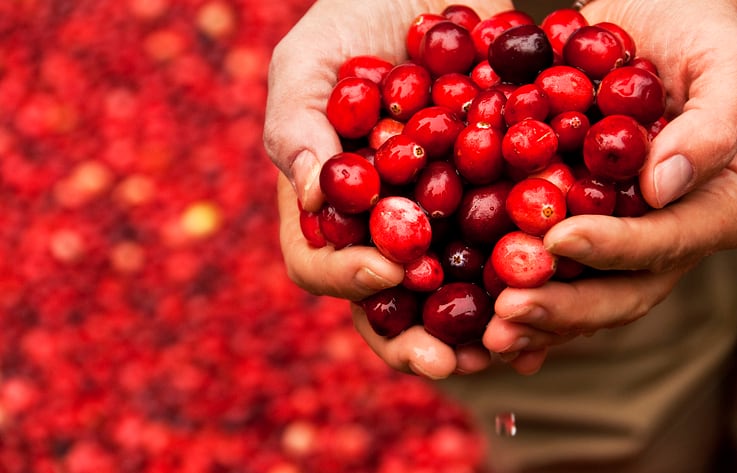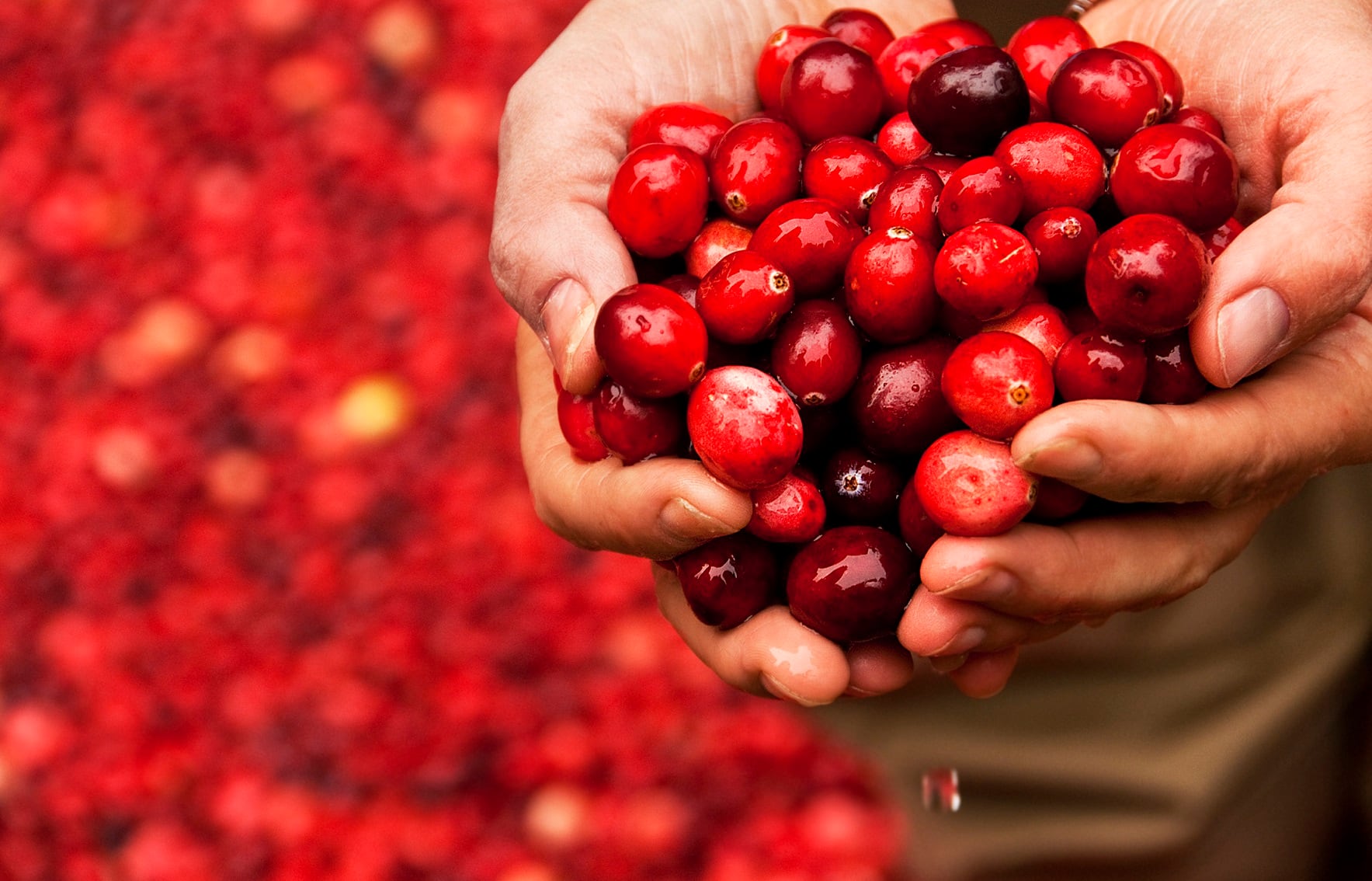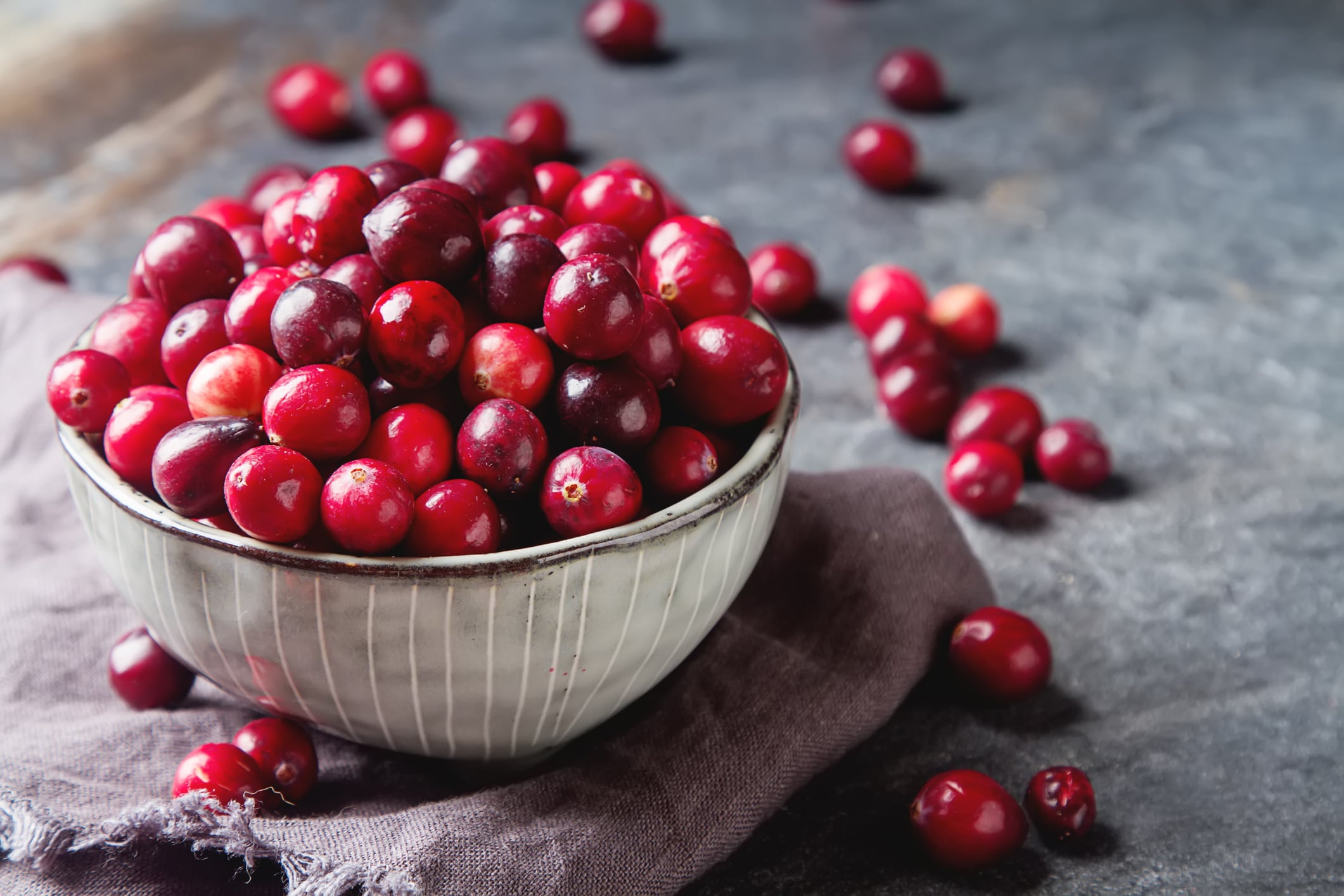The new research was published on Monday in the Journal of Dietary Supplements. The lead author, Amy B. Howell, PhD, of Rutgers University in New Jersey, is one of the leading experts on cranberry (Vaccinium macrocarpon Ait.). Full disclosure, Howell is also an officer in the Madison, WI-based company Complete Phytochemical Solutions which did some of the testing cited in the research and which has pioneered a method for characterizing the proanthocyanidins (PACs) in cranberry.
Cranberry is native to North America. The states of Wisconsin, Massachusetts and New Jersey are major producers, and production has ramped up in Quebec in recent years as well. As countries go, Chile is the only other major producer of the berry. The berry was widely used by Native American tribes and was one of the common constituents of pemmican, a high energy travel food made from pounded dried game meat, suet, cranberries and/or other berries.
Highly qualified health claim approved
The ability of cranberry to inhibit the development of urinary tract infections is one of the main health indications for the modern use of the botanical. A significant amount of research has been done on the subject, with enough success that in 2020 FDA approved a qualified health claim for cranberry juice beverages (one daily 8 oz serving) and cranberry dietary supplements (one daily 500 mg dose) may inhibit the development of UTIs in health women and/or may help prevent a recurrence for women who have already had a UTI. But FDA concluded the evidence was at best “limited and inconsistent.”
One of the reasons for that qualification is that some of the many studies done on the ingredient have been done with a ride range of standards and study designs. “There’s still some uncertainty about the effectiveness of cranberry because some of the research has not been of high quality,” according to the National Center for Complementary and Integrative Health.
Wide range of products on the market
One reason for the inconsistency is a problem that cranberry research shares with research done on many other botanicals, that being the prevalence (especially in earlier studies) of poorly characterized research materials.
To try to further hone in on how that might affect cranberry results, Howell and her coauthors compared two different cranberry products that reflect what’s in the market. While many products might list cranberry on the label, the market is highly heterogenous, the authors said.
“Cranberry supplements are typically made from different components of the fruit and can be composed of either whole dried cranberry, dried juice extracts, dried pomace remaining after the juicing process or various combinations of these,” the authors noted.
Howell and her coauthors were specifically looking at the link between the products’ anti adhesion activity and their precise proanthocyanidin (PAC) profile. The ability of cranberry products prevent UTIs lies in how they can prevent harmful bacteria from adhering to the linings of the urinary tract and forming a bacterial mat.
The researchers chose two different commercially available products representing different points on the number line of the cranberry market. One was an extract derived from cranberry juice, while the other product was derived from whole cranberries. They analyzed the soluble and insoluble PAC profiles of each extract and compared them to their own analysis of frozen cranberries.
PAC profile determines anti adhesion activity
The two supplements were then given to 20 participants, who took the products for 7 days in succession (with a washout period in between) and collected their urine during that time. The urine was then tested for its anti adhesion activity.
The researchers found that the product derived from cranberry juice showed better AAA than did the product derived from “a blend of whole cranberry." The results bolster previous results that indicated soluble PACs are responsible for most of the botanical’s AAA benefits.
“Results of this study demonstrate that the type of cranberry fruit component used to formulate supplements has a direct impact on in vitro and ex vivo bacterial AAA and could ultimately influence the clinical effectiveness of a product for UTI prevention,” the authors wrote.
“Understanding that a cranberry juice-based supplement with soluble PAC taken daily provides significantly greater urinary AAA than a pomace-based product containing mainly insoluble PAC could aid consumers in selecting bioactive cranberry supplements for maintenance of urinary tract health,” they added.
Source: Journal of Dietary Supplements
https://doi.org/10.1080/19390211.2021.1908480
Differences in Urinary Bacterial Anti-Adhesion Activity after Intake of Cranberry Dietary Supplements with Soluble versus Insoluble Proanthocyanidins
Authors: Howell AB, Dreyfus AF, Chughtai B



